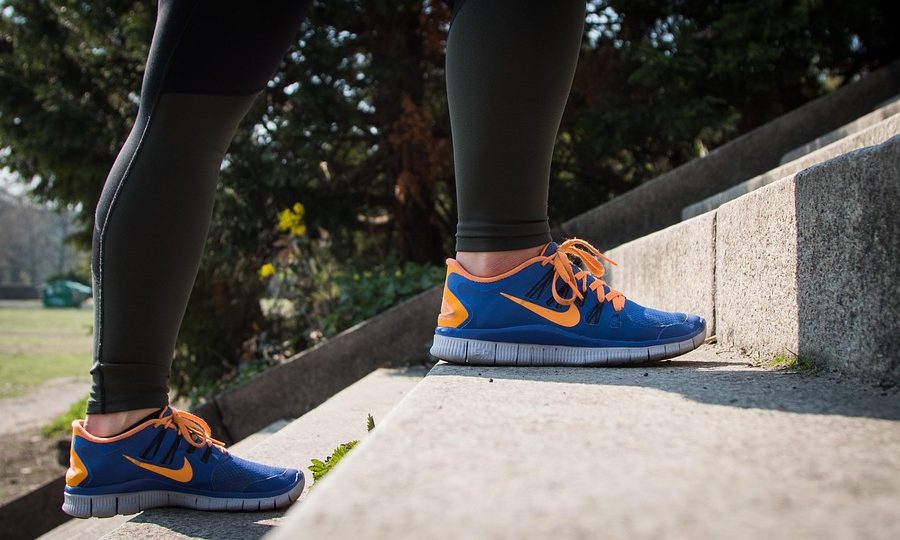As more people explore effective ways to manage their weight and enhance their body contours, non-invasive laser fat loss has become a popular option. This innovative approach promises a way to trim fat without the need for surgery or long recovery times. But how does it all work? In this article, we’ll delve into the science behind non-invasive laser fat loss, making it easier for you to understand the technology and its benefits.
What is Non-Invasive Laser Fat Loss?
Non-invasive laser fat loss is a cosmetic procedure that uses laser technology to target and eliminate fat cells without the need for incisions or anesthesia. This method is often preferred by those who want to avoid the pain and downtime associated with traditional liposuction.
The Basics of Laser Fat Loss
- Low-Level Laser Therapy (LLLT): This procedure utilizes low-level lasers that penetrate the skin to target fat cells.
- Cell Membrane Permeability: When exposed to specific wavelengths of light, fat cells release their contents, shrinking in size and leading to a reduction in fat deposits.
The Science Behind Laser Technology
Understanding how non-invasive laser fat loss works requires a look at the underlying science:
How Lasers Affect Fat Cells
-
Wavelength and Penetration: The lasers used in this treatment typically operate at a wavelength of 635-650 nanometers. This range is effective for penetrating the skin without causing harm to surrounding tissues.
-
Fat Cell Training:
- Laser Interaction: The low-level laser light disrupts the cell membrane of adipocytes (fat cells), making them more permeable.
- Triglyceride Release: When the fat cells become permeable, triglycerides and other fatty contents are released into the lymphatic system.
The Biochemical Process
- Lipolysis: This is the process of breaking down fats. When laser energy is absorbed by the fat cells, lipolysis is triggered, leading to the release of stored fat.
- Excretion of Fat: The body naturally processes the released fat, and over time, clients may notice a reduction in fat deposits in targeted areas.
Benefits of Non-Invasive Laser Fat Loss
Laser fat loss offers numerous advantages over traditional weight-loss methods:
Safe and Painless
- No Anesthesia Required: Since this process is non-invasive, there’s no need for anesthesia.
- Minimal Discomfort: Most patients report feeling very little discomfort during the procedure.
Quick Procedure Times
- 30-60 Minutes: Treatments typically last only 30 to 60 minutes, allowing for easy scheduling.
- No Downtime: Patients can return to their regular activities immediately after treatment.
Targeted Fat Reduction
- Specific Areas: This method allows for precision targeting of areas like the abdomen, thighs, arms, and chin.
Long-lasting Results
- Sustained Weight Management: While results can vary, patients often report maintained fat loss when combined with a healthy lifestyle.
Improved Skin Quality
- Tightening and Toning: Some laser treatments may also promote collagen production, leading to tighter and more toned skin in treated areas.
Ideal Candidates for Laser Fat Loss
While non-invasive laser fat loss can be effective for many people, it’s not suitable for everyone. Ideal candidates tend to be:
- Near Their Ideal Weight: Those who have realistic goals and are close to their ideal weight generally see the best results.
- Healthy Individuals: Candidates should be in good overall health and have no conditions that may complicate treatment.
- Motivated for Lifestyle Changes: The best results come from individuals committed to maintaining a healthy lifestyle through diet and exercise.
Preparing for Your Treatment
If you’re considering non-invasive laser fat loss, here are some steps to prepare:
- Consultation: Schedule an initial consultation with a qualified practitioner to discuss your goals and determine if you’re a good candidate.
- Health Assessment: Be transparent about your medical history and any medications you may be taking.
- Set Realistic Goals: Understand that while this method can reduce fat, it’s not a substitute for a healthy lifestyle.
Aftercare and Maintenance
Post-treatment care is crucial for optimal results:
- Stay Hydrated: Drink plenty of water to help flush out released fat.
- Healthy Eating: Follow a balanced diet to support fat loss efforts.
- Regular Exercise: Incorporate physical activity to maintain weight loss and improve overall health.
Conclusion
Non-invasive laser fat loss represents a safe, effective, and convenient method to target stubborn fat deposits. By understanding the science behind this technology, potential users can make informed decisions about their body contouring options. Remember, sustainable results come not only from the procedure itself but also from a commitment to a healthy lifestyle. If you’re tired of struggling with stubborn fat and ready to explore innovative solutions, laser fat loss could be the right choice for you.
For more information or to see if this treatment is right for you, contact a professional in your area today!









 Weight Loss, Unlocked.
Weight Loss, Unlocked.